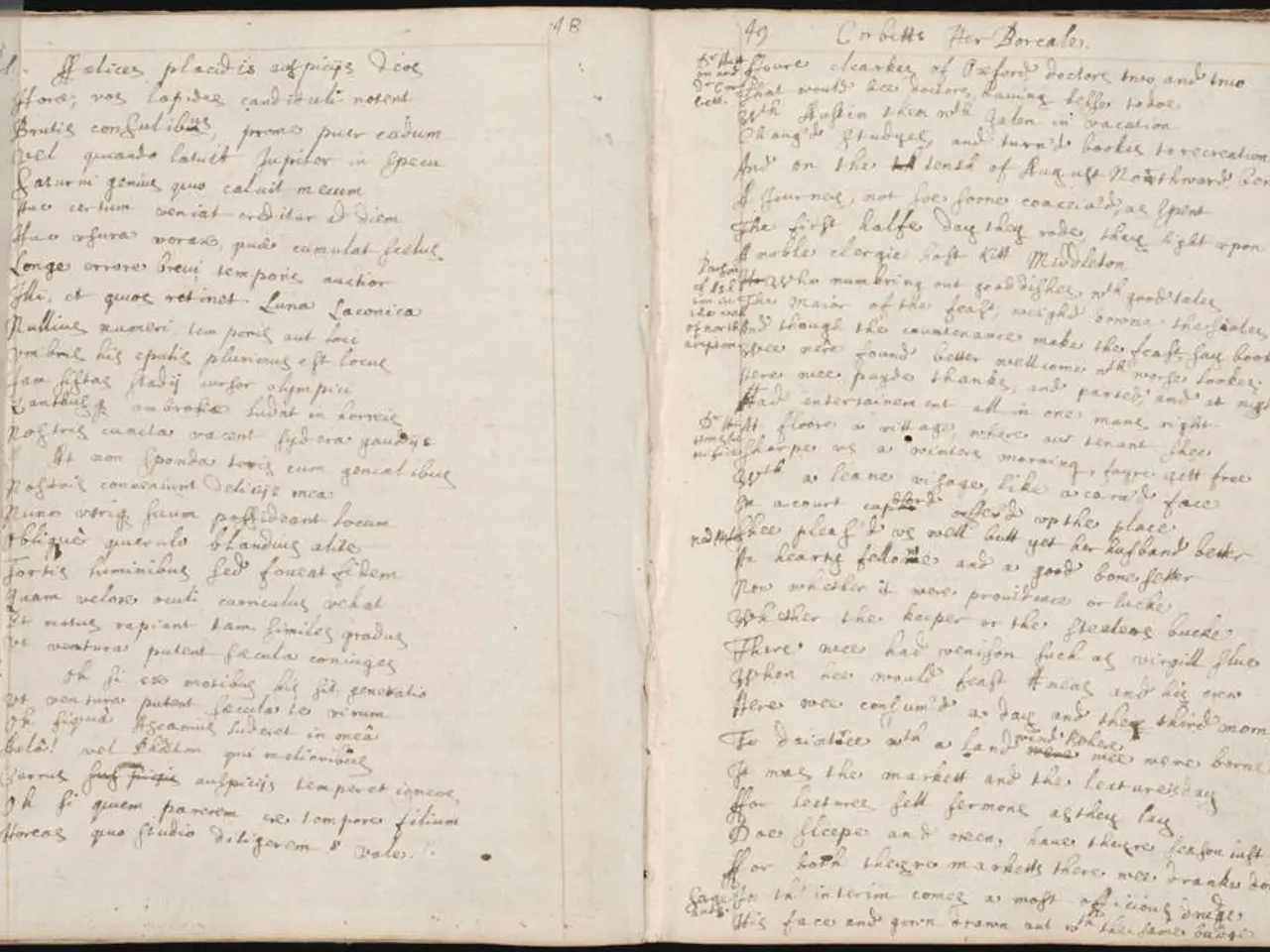Number Sequence Unveiled
In the realm of logical reasoning for aptitude tests, alphanumeric series have become a popular and challenging component. These sequences combine letters (A-Z), numbers (0-9), and sometimes symbols (e.g., @, #, %, &, $) to test candidates' ability to identify underlying patterns or rules in the arrangement to predict the next element(s) or solve related problems.
Common Types of Alphanumeric Series and Their Rules
1. **Simple Sequential Series** - Letters and numbers appear in a fixed increasing or decreasing order, with letters moving forward alphabetically while numbers increase by 1. An example is A1, B2, C3, D4, and so on.
2. **Alternating Series** - Letters and numbers alternate but follow independent sequences. For instance, A2, B4, C6, D8, and so forth, where letters progress alphabetically, and numbers follow a separate arithmetic pattern.
3. **Opposite Extremes Pattern** - Letters and numbers are arranged from opposite ends moving inward. A classic example is A-Z, 1-9, then B-Y, 2-8, and so on, where letters and numbers simultaneously reduce the gap between extremes.
4. **Symbol Interchange or Replacement** - Series may include symbols placed with letters and/or numbers, with patterns involving swapping or substituting these symbols based on the position of adjacent alphabets or numbers.
5. **Mixed Arithmetic and Alphabetical Progression** - Sometimes numbers increase or decrease arithmetically while letters follow a forward or backward alphabetical sequence. An example is M4, N6, O8, P10.
6. **Composite Patterns Involving Positions** - Patterns may involve changing letters by moving forward/backward certain steps, changing numbers by adding or subtracting fixed or variable amounts, or applying a mathematical operation on digits.
Understanding these patterns prepares candidates to recognize sequences quickly and solve aptitude tests effectively. Key rules for alphanumeric series include alphabet progression, number progression, alternation rules, opposite extremes, symbol manipulation, and combined rules.
It's essential to note that alphanumeric series follow a hidden pattern in their sequence. Tips for solving alphanumeric questions include handling missing series, Alphabet-Number-Symbol Series, Alphabetic Series, and Numerical Series.
For instance, in a letter-number embedded series, numbers and letters are combined within a single term. In a letter-number alternating series, letters and numbers alternate in a fixed pattern, such as I10. In a Reverse Alphabet Series, letters follow reverse alphabetical order (Z=1, Y=2, ..., A=26).
However, it's important to remember that understanding these patterns and rules is just the beginning. Candidates must also practice and hone their skills to solve increasingly complex alphanumeric series efficiently. With dedication and practice, mastering alphanumeric series can provide a significant advantage in aptitude tests.
In the context of education and self-development, understanding hidden patterns in alphanumeric series can greatly enhance one's ability to solve aptitude tests effectively, as these sequences often test candidates' learning skills and logical reasoning capabilities.
For example, during the learning process, identifying repeated patterns in alphanumeric series, such as simple sequential series, alternating series, opposite extremes pattern, or symbol interchange, can help candidates quickly recognize sequences and solve related problems more efficiently.




